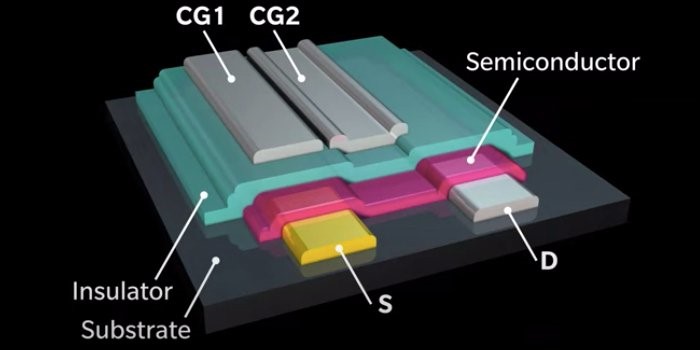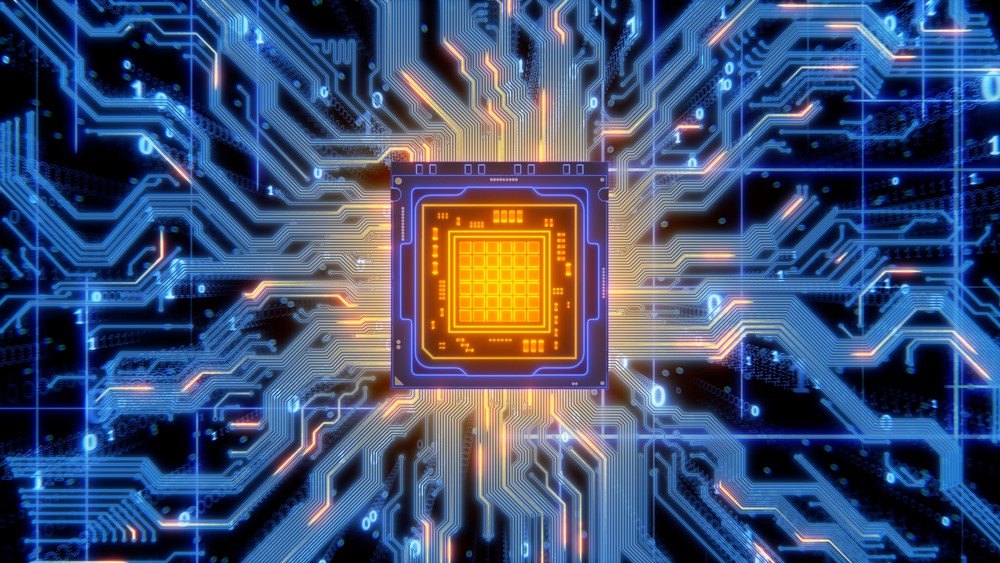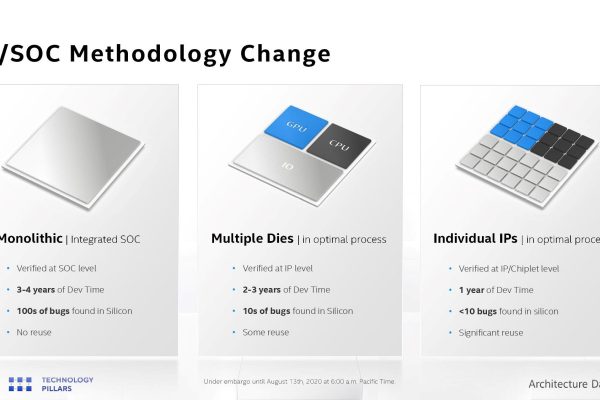Supply chain efficiency: Will there be another demand increase due to Covid-19 this year?
In 2020, the electronics components industry saw both increases and decreases in supply and demand depending on where you look.
For example, demand for semiconductors that enable servers, connectivity and cloud usage skyrocketed due to stay at home workforces. Meanwhile, demand for semiconductors used in the automotive industry declined as car sales fell.
In other words, the supply and demand for electronic components was different across various sectors. Now that 2020 is behind us, 2021 is looking to follow much the same path as we continue to contend with COVID-19.
However, there will be one big difference – most of the sectors that had reduced demand for components in 2020 will ramp up their purchase orders in 2021. This is the result of economies opening up and companies getting back to operations.
Supply and demand in 2021
We believe the electronic component industry will witness a significant increase in supply and demand in 2021. There are a few reasons for this. The first is that most industries hampered by the COVID-19 pandemic will open up. Car manufacturing is the big one. This will fuel a surge in demand for semiconductors and sensors.
2021 will also play host to cyclical sectors and several tailwinds. 5G, Wi-Fi 6, AI, robotics, cloud, communications, edge computing and AR / VR are the big ones. These technologies will fuel demand for new electronic components.
Supply constraints will persist
Factories will have to ramp up production to meet demand. 2019 was a bumper year for electronics and a lot of infrastructure was built to meet demand. 2020 stuck a fork in the road, placing higher demand on certain components. In 2021, demand will return to a form of previous normality, increasing supply constraints.
We expect supply constraints of components to grow in 2021. Manufacturers will struggle to get a hold of the parts they need.
This will increase the need for partnerships with electronic component distributors like us who are ingrained into the fabric of the industry.
Things will get better over time
With the global rollout of the coronavirus vaccine in place and manufacturing sectors protected from Government shutdowns in most countries, 2021 should be a year where we see supply constraints reduce over time.
Supply and demand will get back to 80% normality toward the end of 2021. 2022 should be much better. This assumes we get to grips with this horrible virus.
In the meantime, tailwinds will continue to fuel demand for electronic components in sectors like AI and edge computing. COVID-19 has only accelerated digital transformation in most sectors. This is a powerful tailwind.
Ultimately, the demand for passive and active components will increase in 2021. You can make sure you have access to the components you need by partnering with us. We specialise in the procurement and delivery of electronic components and parts for a wide variety of industries from the world’s leading manufacturers.





